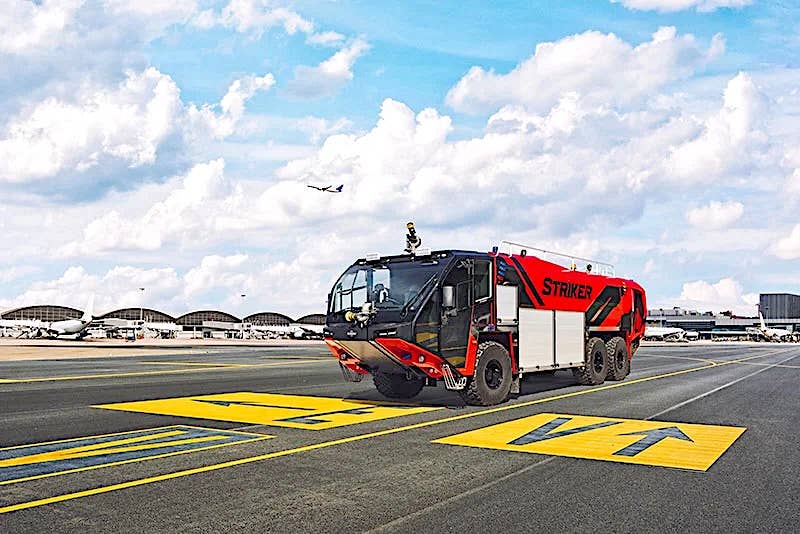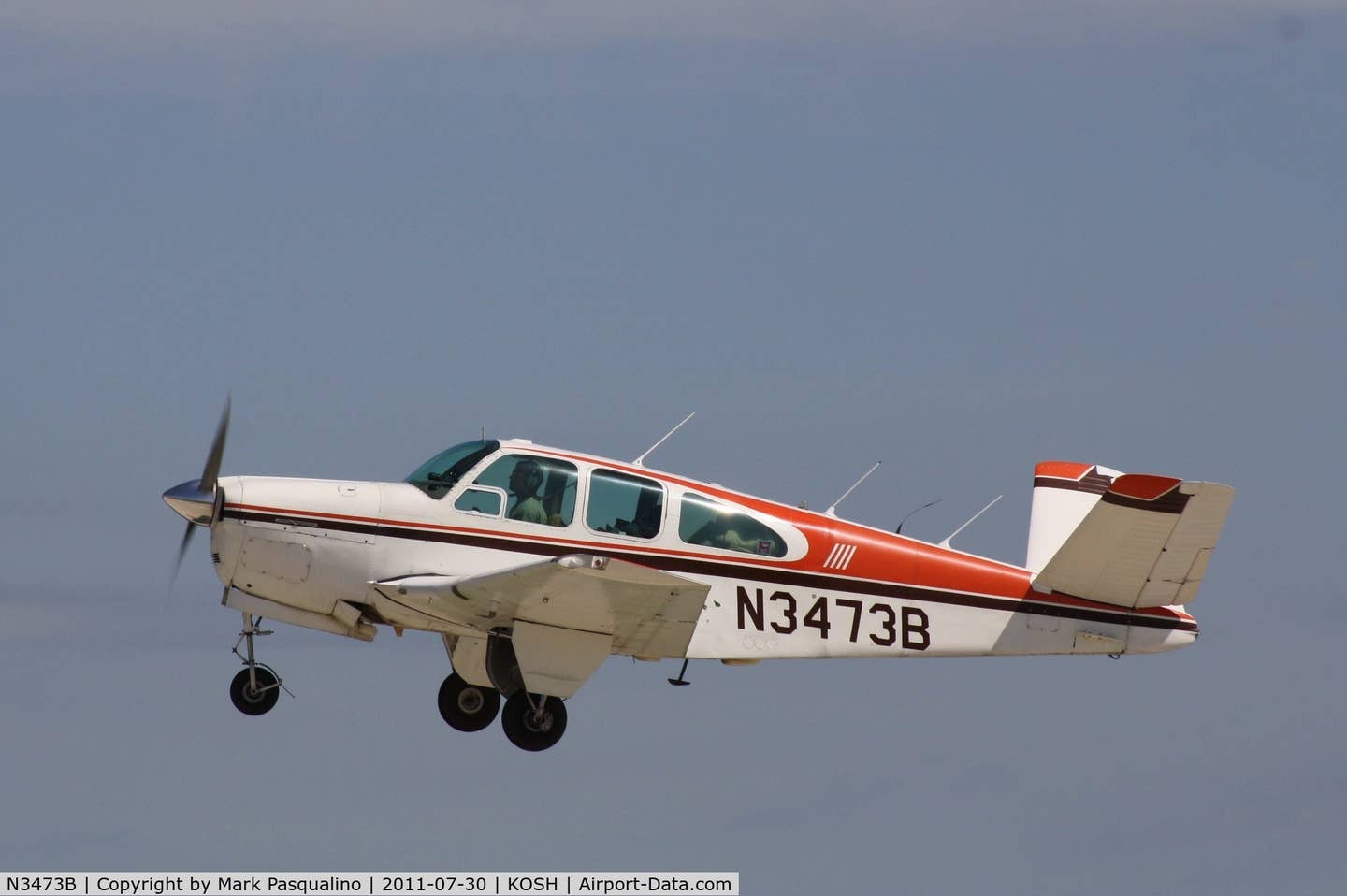Leading Edge #15: VFR Flight Not Recommended — The Go/No-Go Decision
If the FSS briefer suggests you don’t fly VFR, is it illegal to go? Just how unsafe is it if you do? AVweb’s Thomas P. Turner has a system for figuring it out.
"VFR Flight Not Recommended." How often have you heard this phrase and flew anyway, to find conditions perfectly safe? And how many times have you heeded the warning and canceled, only to see perfectly flyable weather? Yet there are times the admonition proves wise, and "on the edge" conditions grew just enough worse to make visual flight extremely risky. What is the VFR Flight Not Recommended warning, and what special information do you need to decide on whether and how to fly?
Prompting Decisions
The Flight Service phrase "VFR Flight Not Recommended" does not mean the decision has been made for you. It means conditions are reported or forecast to be such that instrument meteorological conditions (IMC) may develop at any point along the proposed route of flight during the time you're planning to fly. Specifically, Flight Service is required to give the VFR Flight Not Recommended advisory when the Area Forecast or any weather-reporting airport along your route of flight reports current or forecast visibility below five miles and/or ceilings below 3000 feet. Not coincidentally, these conditions are the top end of "marginal VFR" (see table below) and, as the name implies, there are worse conditions that are still flyable under VFR. Note, however, that lower conditions prompt exactly the same warning from Flight Service briefings. Even IMC adds VFR Flight Not Recommended to the briefing. The weather could be visibility four miles with clear skies, unlimited visibility beneath a 2900-foot broken layer of clouds, all the way down to zero-zero in fog or thunderclouds. Conditions may exist (or be forecast) for only one reporting point along your route or blanket the entire area. You have no way to know from VFR Flight Not Recommended alone.
| Code | Definition | Visibility | Occurrence | Ceiling |
| LIFR | Low IFR (IMC) | < 1 mile | and/or | < 500 feet |
| IMC | Instrument Meteorological Conditions (IMC) | 1 to 3 miles | and/or | 500 to 1000 feet |
| MVFR | Marginal VFR (VMC) | 3 to 5 miles | and/or | 1000 to 3000 feet |
| VFR | Visual Meteorological Conditions (VMC) | > 5 miles | and | > 3000 feet |
The advisory VFR Flight Not Recommended means you have to ask what's causing the phrase to appear in your briefing, and how those conditions will affect your proposed flight.
Go/No-Go
Armed with much more detailed information, you can begin to decide whether to fly or not. Before you do consider what pressures are pushing for a "go" decision. Consider this case:
A Bellanca Super Viking sped low cross the east Kansas prairie. Thick clouds narrowed the visual airspace to about a thousand-foot band, so the pilot was hovering in Class G airspace, where one mile visibility and remaining clear of clouds was legal while remaining 500 feet above the roads and farms beneath. It was a straight shot from the airport on the northeast edge of Wichita to the pilot's home in Arkansas, but a tall tower lay exactly on a direct-to track along the way. The speedy Super Viking plowed into one of the tower's support cables and came apart seconds before slamming into the ground.
The pilot was no amateur: He was a highly experienced Air Force pilot on his way home from Air National Guard flying duty. Possible icing in the clouds made him wisely choose to remain clear of clouds. It was late on a Sunday and undoubtedly he had to be home to go to work the next day. A good decision (stay out of icing conditions) devolved into what turned out to be a bad choice ("scud run" home in deteriorating light). Time pressure, the ever-present "get-home-itis," is probably the biggest human factor contributing to marginal-weather mishaps and VFR-into-IMC accidents. Ask yourself: Why do you need to make the trip now? Are you deciding safety-of-flight based on non-aviation needs? As one pilot put it to me, "There's a reason airports are at the end of a road: It's so you can get a car and drive if the weather's too bad."Once you've honestly determined you're deciding based on safety factors, not just a desire to get to your destination, consider how bad the weather is, really. Responding to the advisory you need to ask:
- How good (or bad) are conditions?
- Are they marginal VFR (visibility three to five miles and/or ceilings 1000 to 3000 feet) or are they really IMC (anything worse)?
- Are the conditions widespread, or localized?
- Are other factors (thunderstorms, precipitation, strong wind) contributing to the conditions?
- Are they actual observations of existing weather, or forecasts of what might happen in the future?
- What is the trend in weather development? Are conditions gradually improving, or are they going downhill?
- Are there any recent PIREPs (pilot reports) that confirm or refute the advisory?
- Can you legally and safely go IFR instead?
Other Factors
There are other factors, especially lighting conditions and the terrain over which you'll fly, which should have a big impact on your marginal-weather go/no-go decision. Consider this suggested decision-making matrix for a proposed VFR trip in MVFR conditions (from my Web site):
| Flying Over | During | Then Suggest |
| Flat Land | Day | Go* |
| Flat Land | Night | No-Go |
| Unfamiliar Area | Day | Go* |
| Unfamiliar Area | Night | No-Go |
| Mountains or Water | Day | No-Go |
| Mountains or Water | Night | No-Go |
| * With precise preflight planning to include route, alternates, and minimum safe altitudes for each segment of the flight, positive en route navigation and improving weather conditions within easy range at all times. | ||
When VFR Flight Not Recommended appears in the preflight briefing because of MVFR conditions, history shows best success comes over flat terrain in daylight conditions. Difficulty in seeing obstacles at night, the risk of getting too close to terrain before being able to maneuver to avoid it in mountainous areas, and loss of visual reference over featureless expanses and water make attempted visual flight in marginal weather far more dangerous.You need to look at your motivations for the flight, honestly assess your capabilities and familiarity with the airplane, and consider the conditions over and in which you'll fly to make a go/no-go decision when advised that VFR Flight [is] Not Recommended. This is one area where the stick-and-rudder emphasis of pilot training and the FAA Practical Test Standards do not give you all the tools needed to be safe. You need to exercise judgment, and to learn from the experiences of others.Future Leading Edge articles will focus on accomplishing the MVFR flight once you've made the decision to go. For more, see "How Not to Get Experience" in the March 2008 issue of our sister publication Aviation Safety.Fly safe, and have fun!






